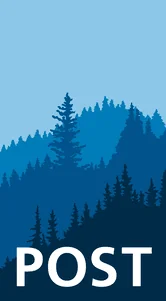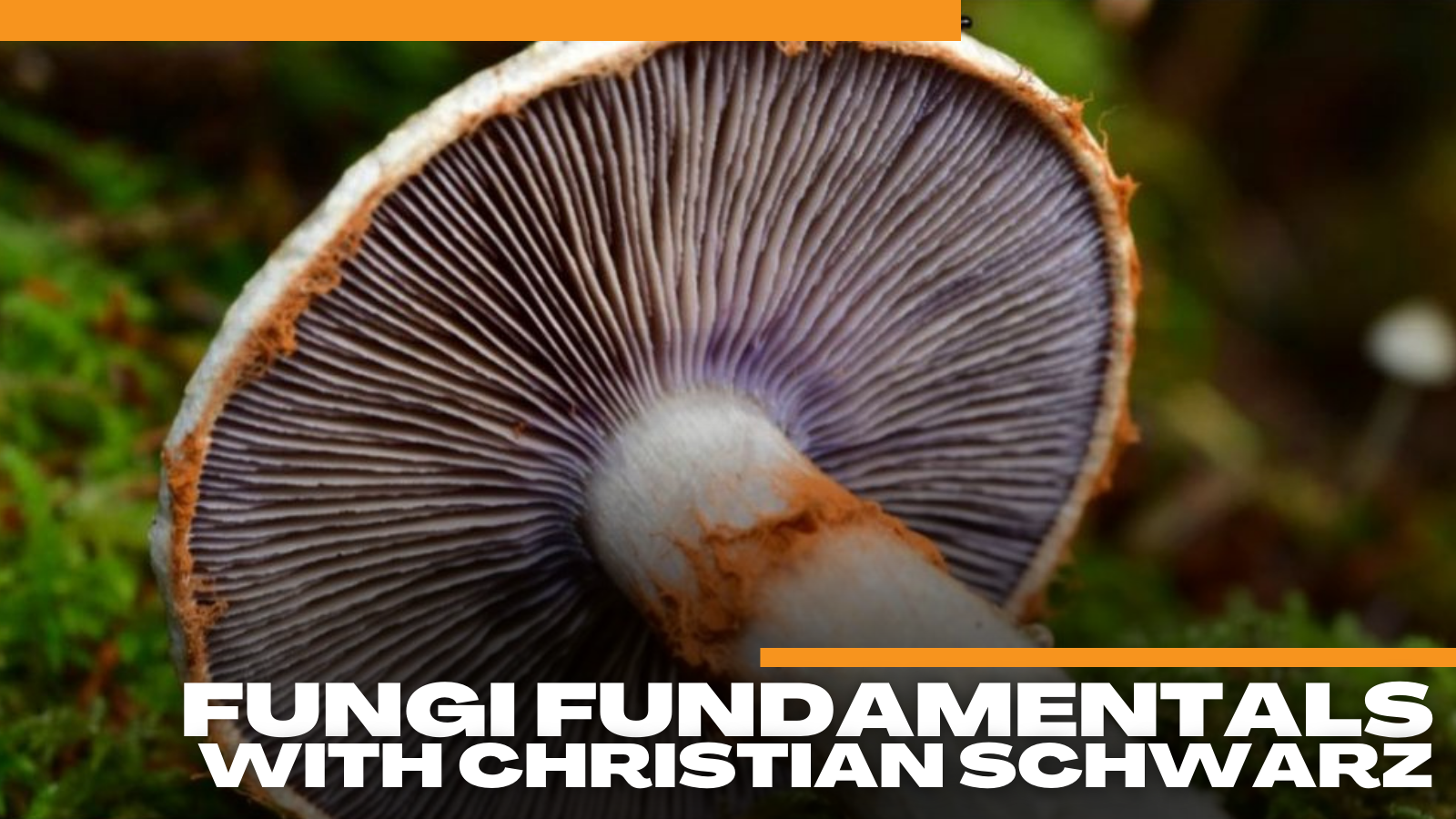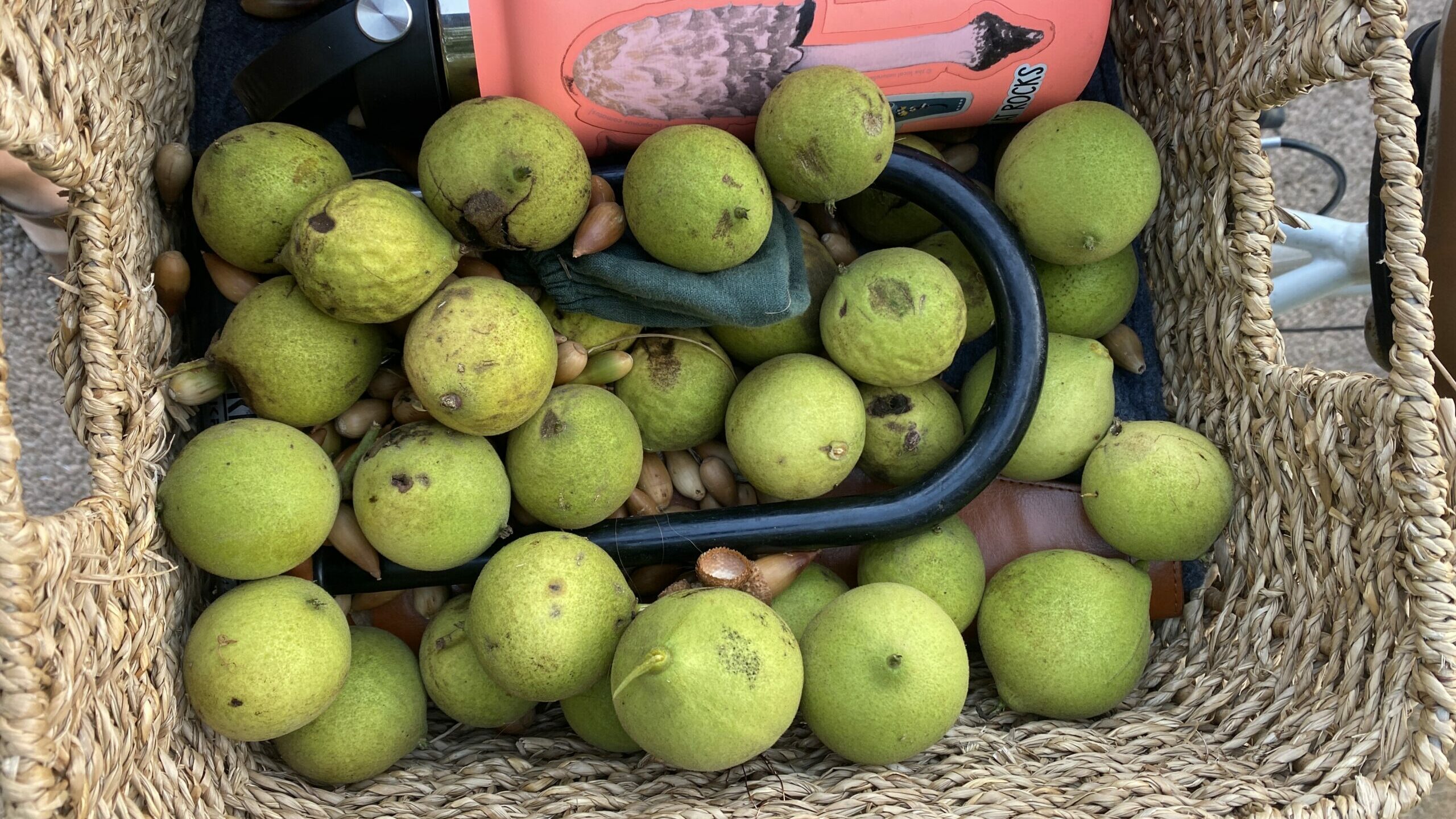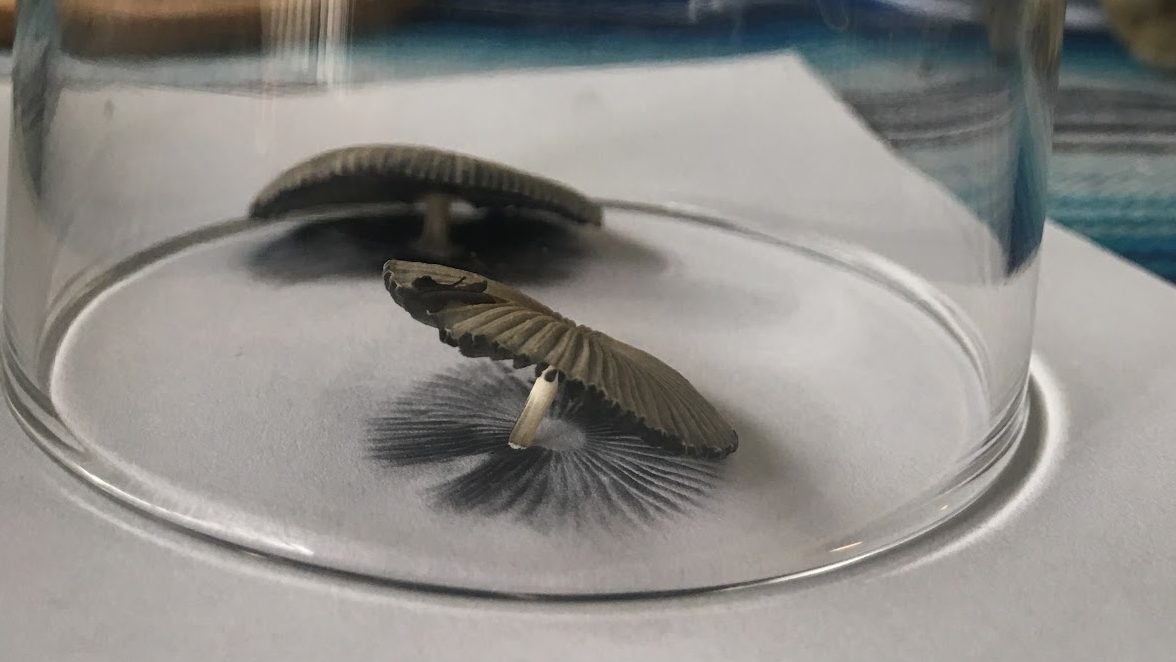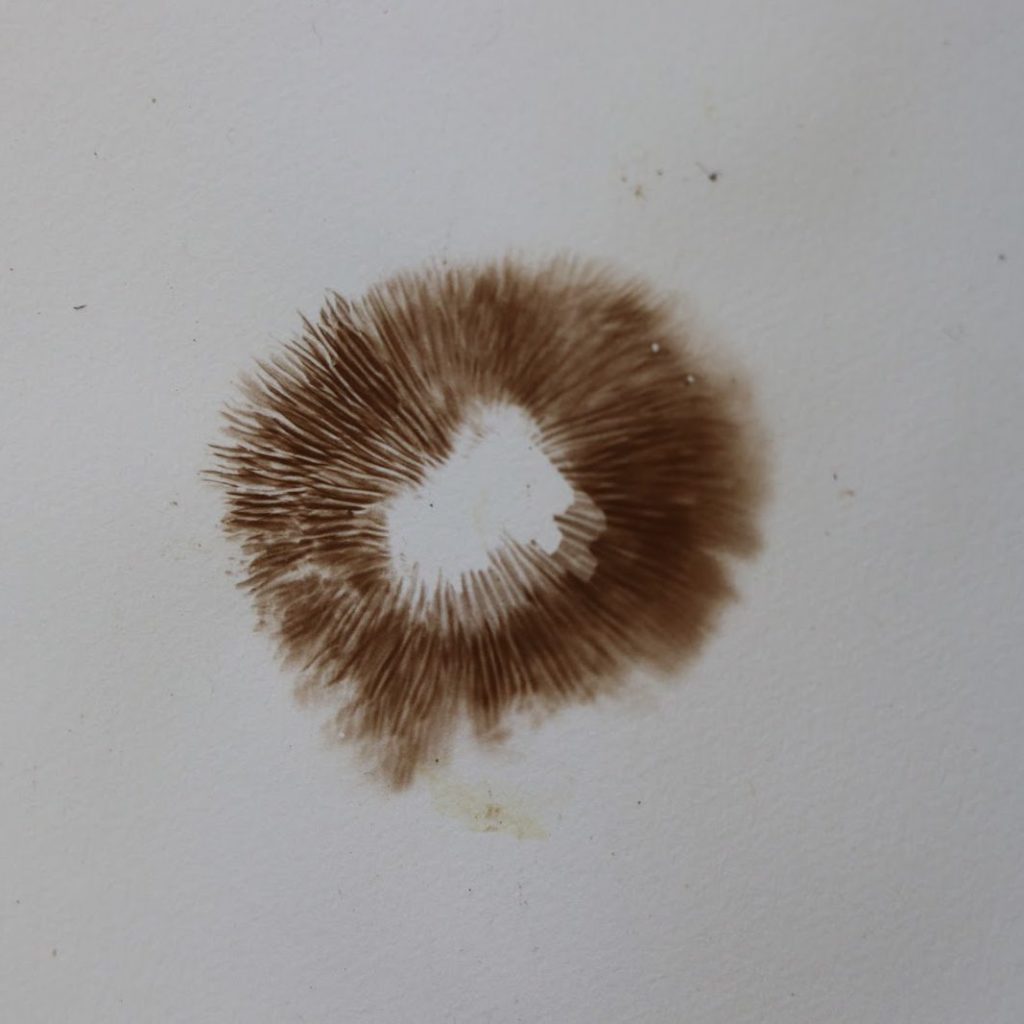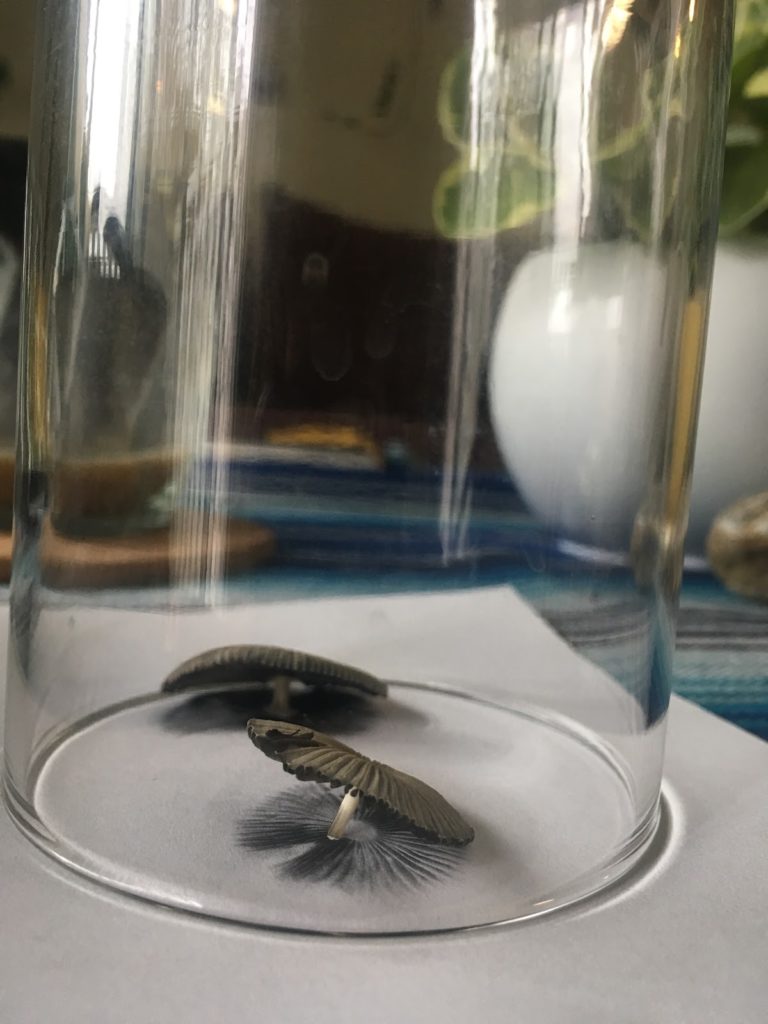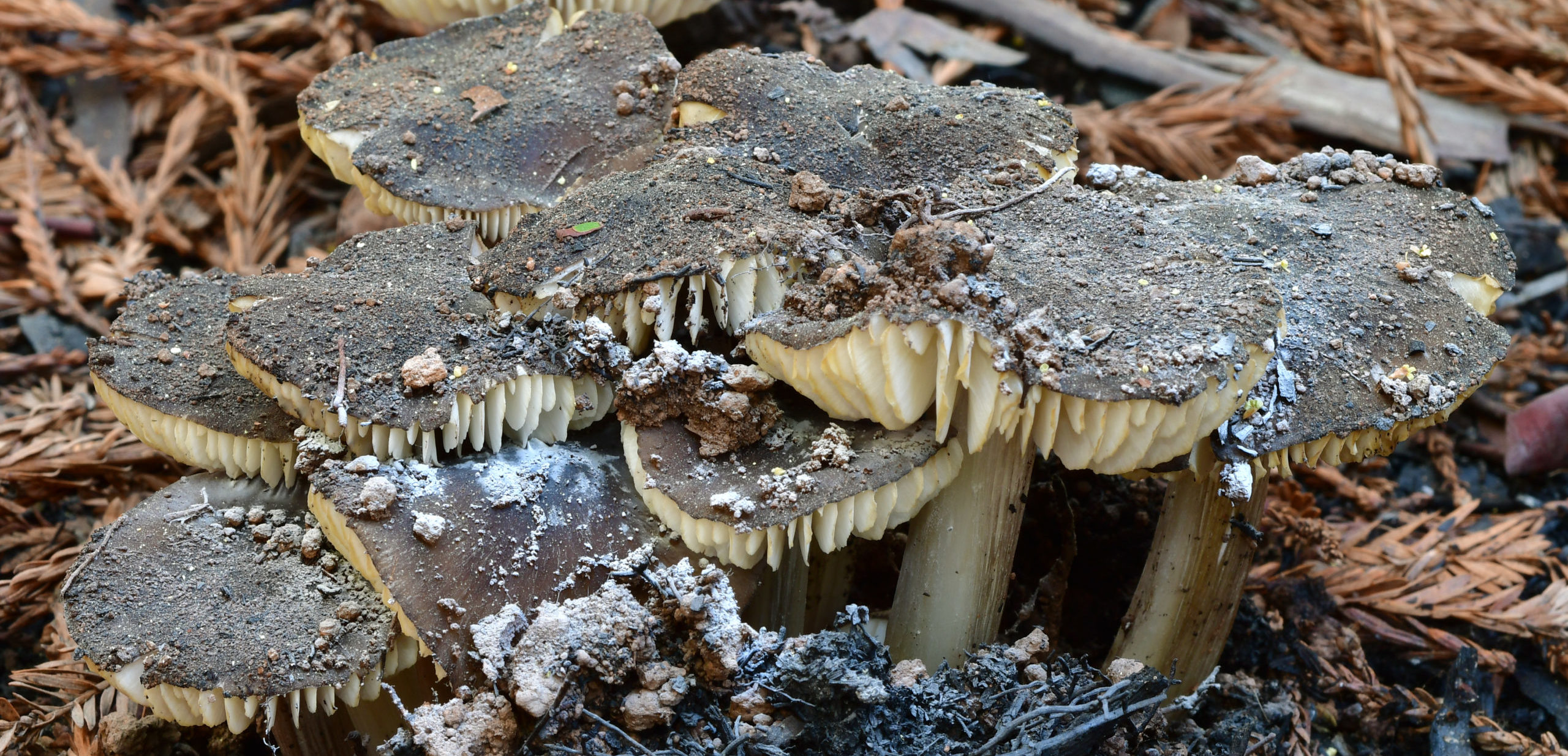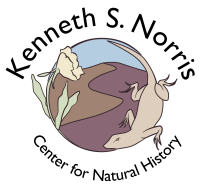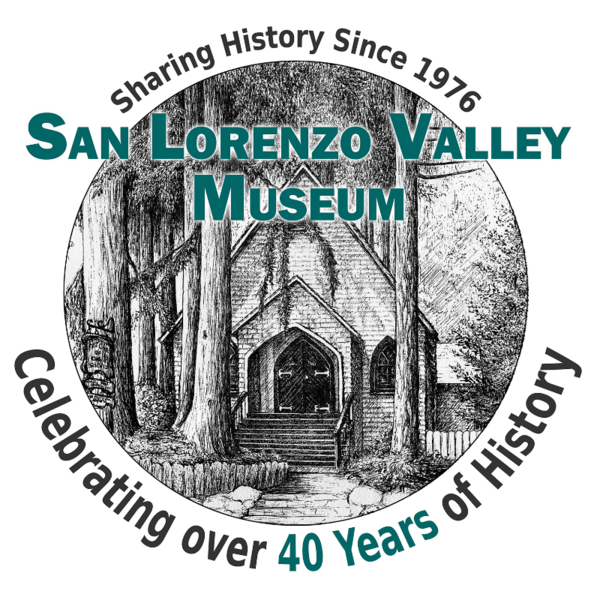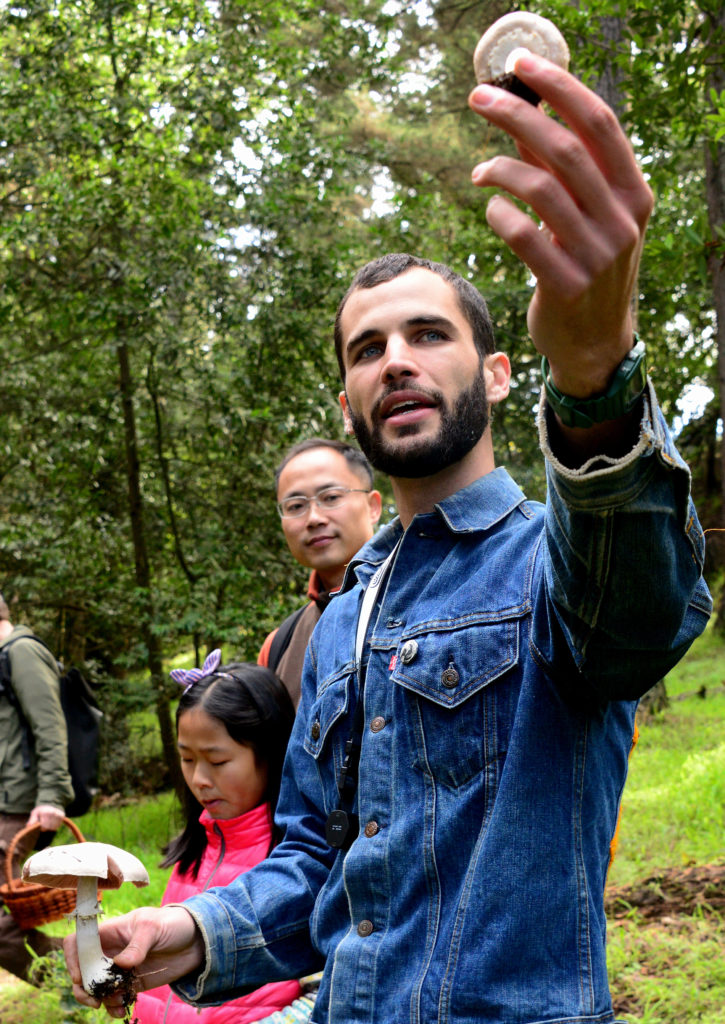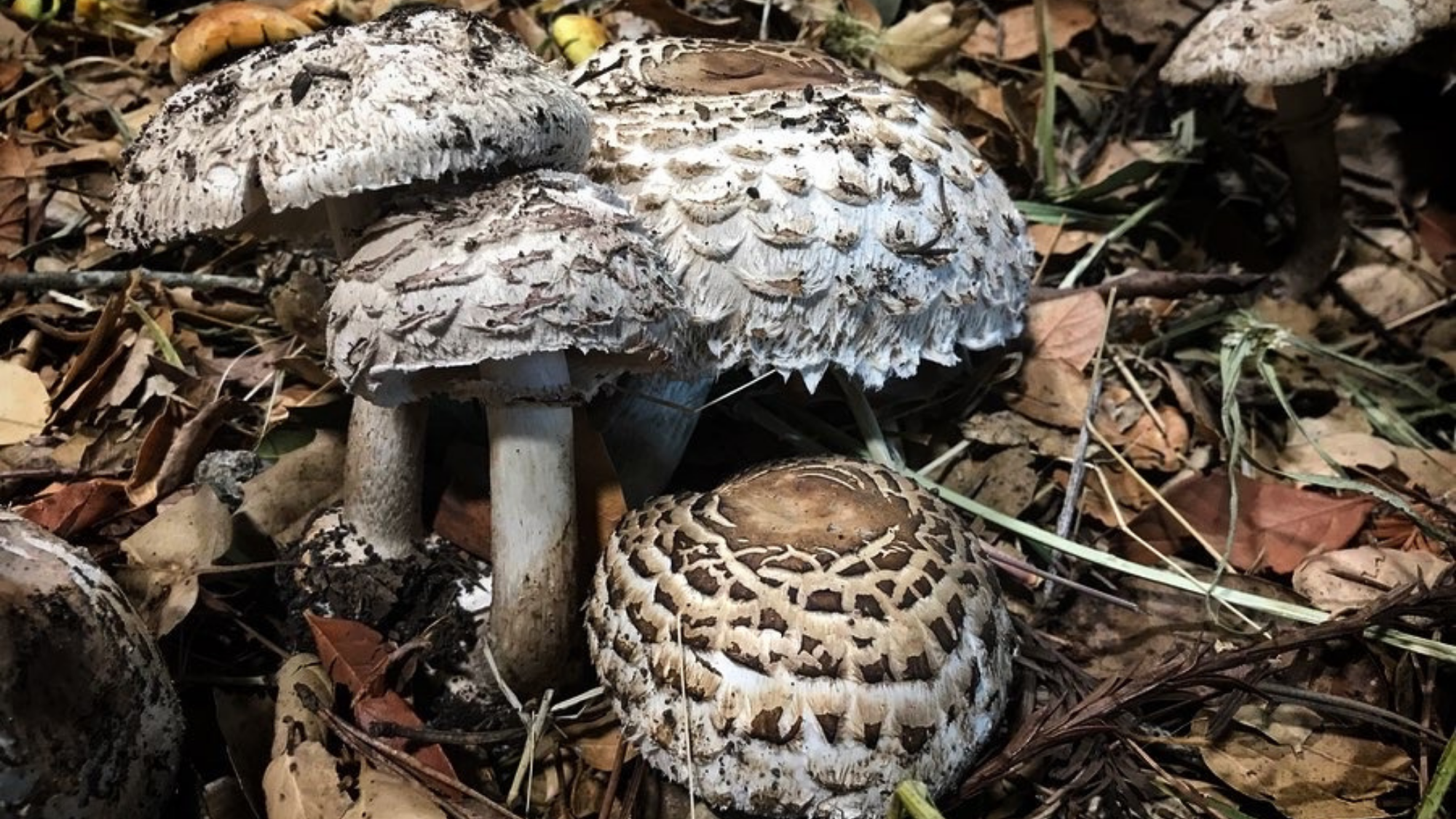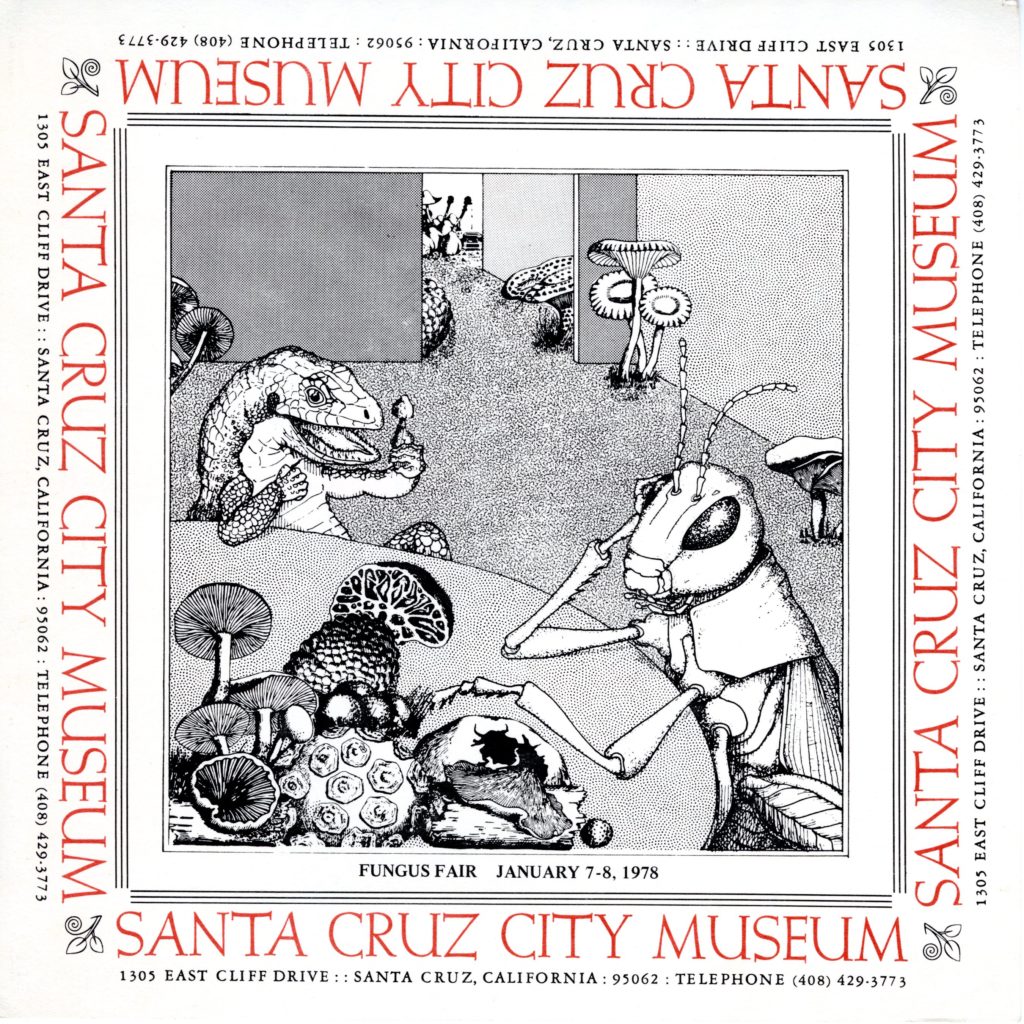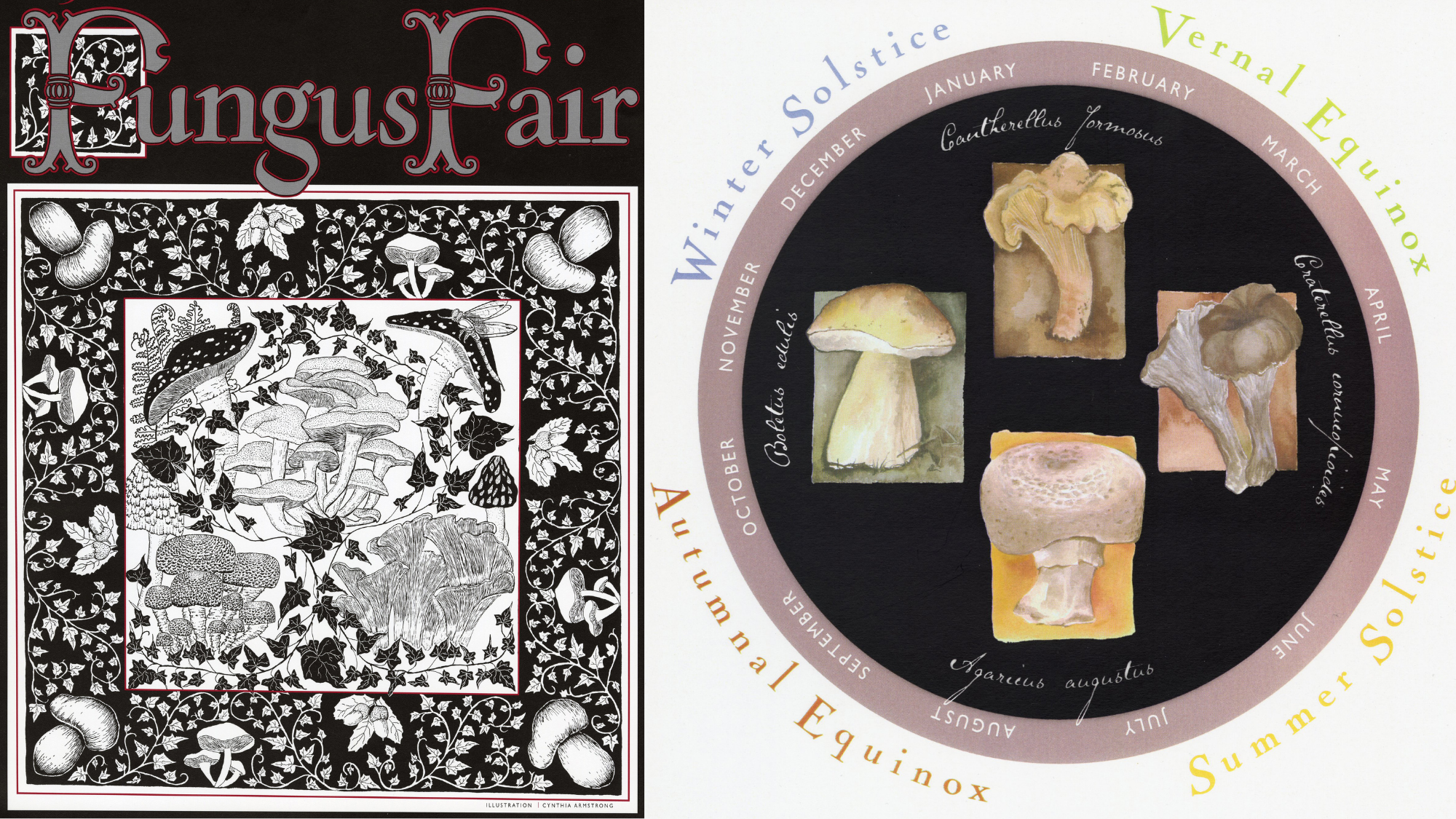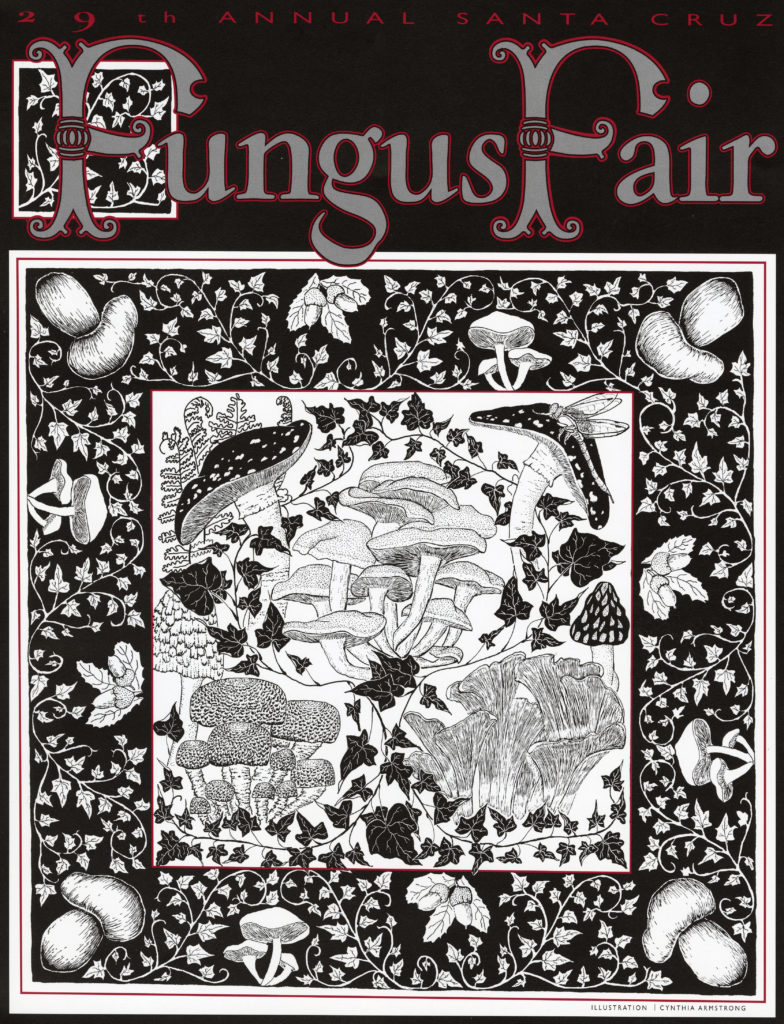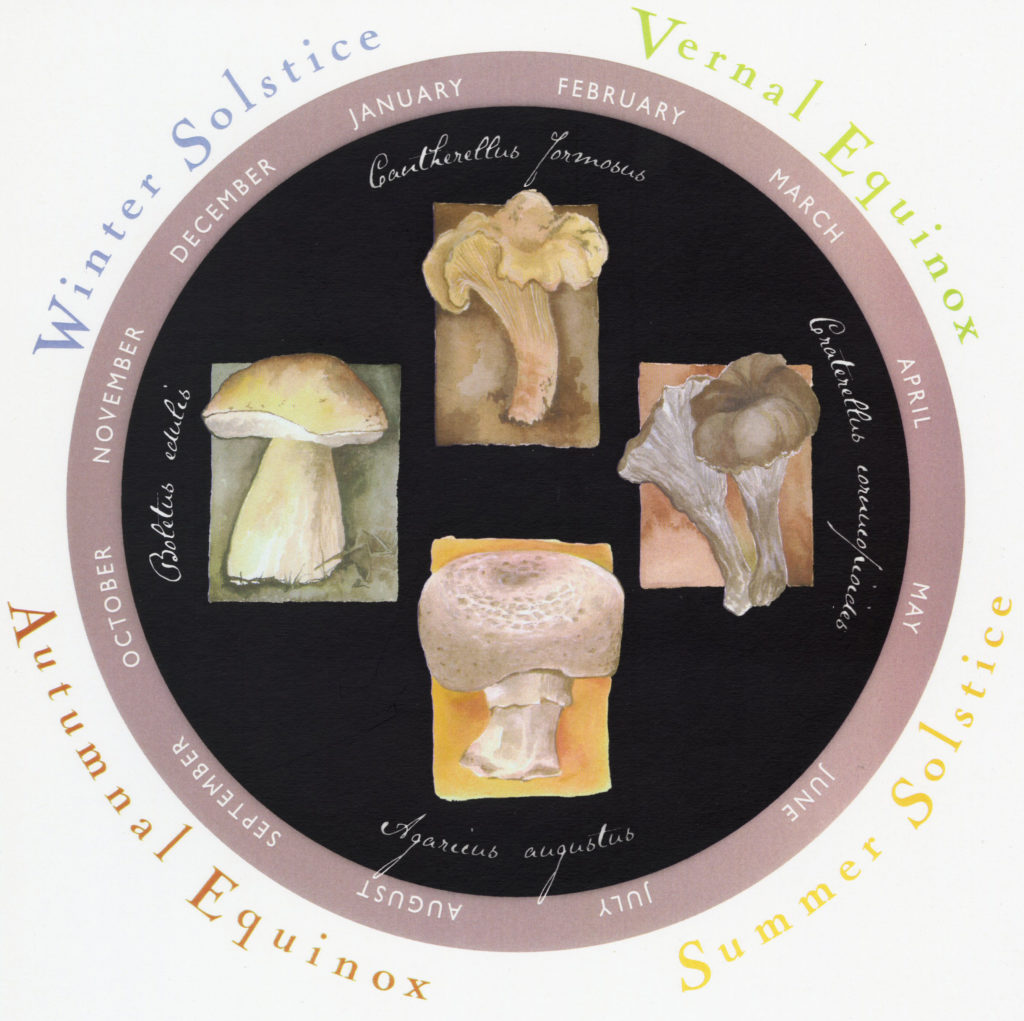The unique ecosystem of the Bay Area’s coastal redwoods provides an ideal setting for mushrooms to flourish. Join us for a cap-tivating online event as we explore and uncover more about the fungal landscape. 🍄
In collaboration with Peninsula Open Space Trust, we invite you to a special online event featuring guest speaker Christian Schwarz, co-author of “Mushrooms of the Redwood Coast.” Whether you’re a fungi first-timer or fanatic, Christian will guide us through the fundamentals of mushroom science and share his insights on these remarkable organisms. This event will be tailored for audiences in high school and beyond.
Join POST, SCMNH, and mushroom scientist Christian Schwarz for an informational tour through the fungal landscape in the Bay Area. This 90-minute webinar will be interactive and provide the audience with many opportunities to spore their curiosity by asking our speaker your fungi-est questions. We can’t wait for you to come along with us on this journey to uncover all the mysteries about mushrooms. Register to receive instructions on how to join us for this fantastic fungal virtual event.
Eager to start learning about mushrooms? Check out POST’s blog about 9 Wild Mushrooms Worth Remembering to get you started – there might be a pop quiz during the event!
Cover photo by Christian Schwarz
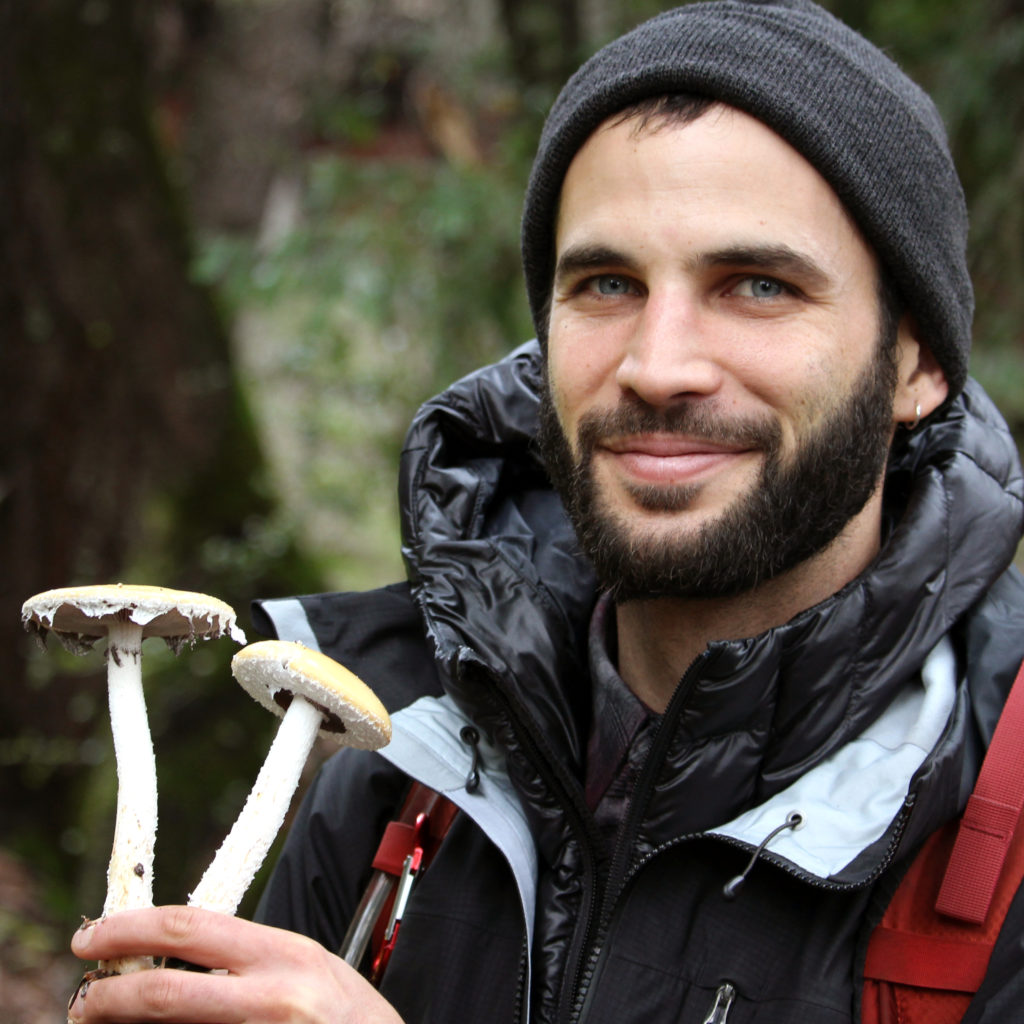
About the Speaker
Christian Schwarz studied Ecology and Evolution at UC Santa Cruz, where his interest in the world of fungi became irrevocable – their seemingly endless forms (from the grotesque to the bizarre to the sublime) feed his curiosity. He is co-author of Mushrooms of the Redwood Coast, and now spends his time seeking, photographing, collecting, teaching about, and publishing research on the macrofungi of California and Arizona. He is Collections Lead for the California Fungal Diversity Survey, and is a research associate of the Santa Barbara Botanic Garden. He has also served on the IUCN Red List Working Group for North American Fungi, advocating for habitat conservation focused on fungi. He is passionate about biodiversity in general, and especially in the philosophy and practice of community science (especially through the use of iNaturalist).
Meet the Co-Hosts
The Santa Cruz Museum of Natural History is an independent nonprofit organization dedicated to connecting people with nature and science to inspire stewardship of the natural world. Founded on the collection of naturalist Laura Hecox, it is the oldest public museum in Santa Cruz, founded in 1905. The Museum features hands-on educational exhibits and events indoors, outdoors, and online for people of all ages to discover and learn about the natural history of this region. Learn more about the Museum and plan your visit at santacruzmuseum.org. We invite you to follow the Museum on social media for updates about events and the natural wonders of our region.
Peninsula Open Space Trust protects and cares for open space, farms and parkland in the Peninsula and South Bay. Since 1977, POST has protected over 86,000 acres in San Mateo, Santa Clara and Santa Cruz Counties.
